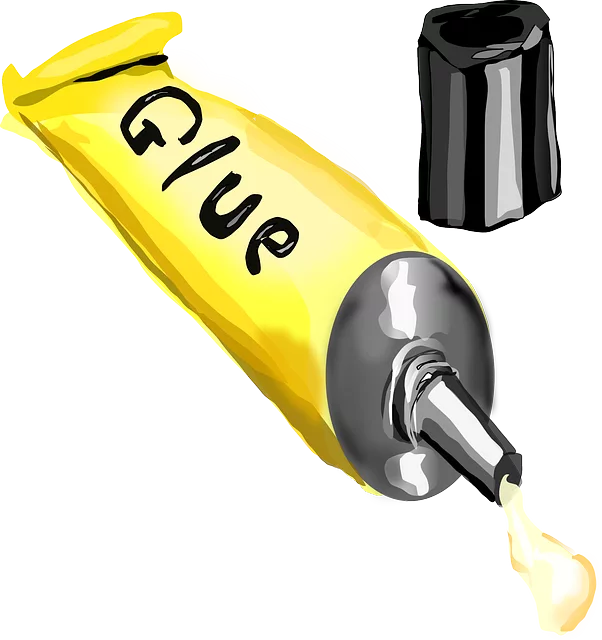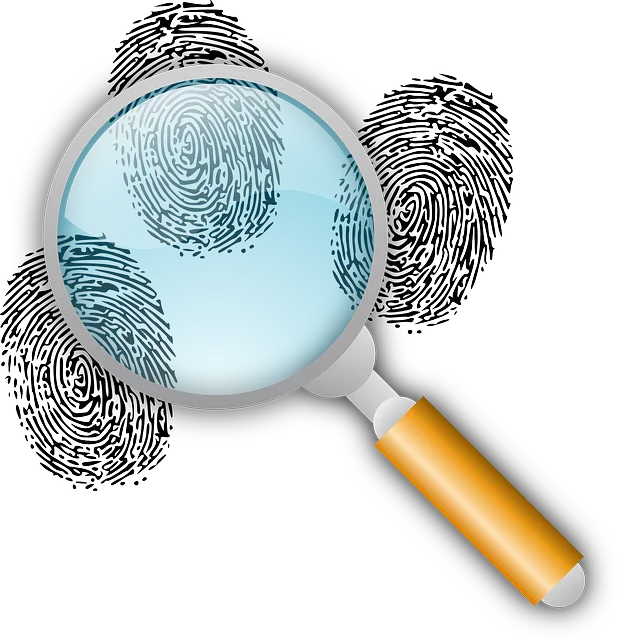Mastering Leak Detection: From Residential to Advanced Commercial Techniques
Leak detection is a critical aspect of plumbing maintenance, addressing water losses promptly and pr…….

Leak detection is a critical aspect of plumbing maintenance, addressing water losses promptly and preventing structural damage. Common signs include unexplained water bills, dripping taps, or wet areas around fixtures. Basic techniques like visual tracing or advanced tools measuring moisture levels can locate leaks precisely. Early detection conserves water and prevents structural harm. In residential properties, leak sources often stem from bathrooms and kitchens due to high pressure and frequent use. Commercial buildings employ advanced methods like infrared thermography and acoustic tracing for sustainable plumbing systems. Modern technology, including moisture meters and thermal imaging cameras, enhances leak detection efficiency. Leak tracing combines visual inspection with chemical tracers to accurately identify locations. Case studies demonstrate the effectiveness of modern methods in metropolitan and industrial settings. Proactive measures like regular maintenance and smart water meters prevent leaks, saving time, money, and reducing environmental impact. Avoiding common mistakes during leak tracing involves thorough moisture inspections and using advanced tools. Future technologies, including smart sensors, drones, and non-invasive imaging, promise enhanced accuracy and cost savings in plumbing systems.
“Uncovering plumbing leaks is a critical skill for maintaining efficient and cost-effective water systems. This comprehensive guide delves into the intricacies of leak tracing, equipping readers with a thorough understanding of its significance. From identifying common residential sources to exploring advanced commercial methods, we cover it all.
Learn about cutting-edge technology enhancing detection practices, discover traditional step-by-step techniques, and explore real-world case studies. Additionally, we offer preventive measures and insights to avoid common mistakes, ensuring your plumbing systems remain leak-free. Prepare to revolutionize your approach to leak detection.”
Understanding Leak Detection: The Basics of Plumbing Leaks

Leak detection is a critical aspect of plumbing maintenance, designed to identify and rectify water losses efficiently. Plumbing leaks can occur due to various factors such as worn-out pipes, faulty fittings, or damage from extreme weather conditions. Understanding the basics of leak detection involves familiarizing yourself with common signs like unexplained water bills, dripping taps, or persistent wet areas around fixtures.
By recognizing these indicators early, homeowners and professionals alike can employ basic leak detection techniques. This often includes tracing water lines visually or using advanced tools that detect moisture levels to pinpoint the exact location of a leak. Effective leak detection not only helps in saving water but also prevents structural damage caused by prolonged water exposure.
Identifying Common Leak Sources in Residential Plumbing Systems

Leak tracing is a critical aspect of plumbing maintenance, especially in residential settings. Identifying common leak sources is the first step in efficient leak detection. One of the primary areas to scrutinize is the bathroom and kitchen pipelines, as these are more prone to leaks due to high water pressure and frequent use. Faucets, showerheads, and appliances like dishwashers and washing machines often exhibit signs of leakage over time.
Another common source is the aging or poorly maintained water pipes beneath sinks and in walls. Corrosion and rust can weaken pipe joints, leading to subtle leaks that may go unnoticed for extended periods. In addition, check for leaks around toilets, as flapper valves and seals can degrade over time, resulting in constant water wastage. The early detection of these common leak sources through regular maintenance routines can prevent significant damage and reduce water wastage.
Advanced Methods for Commercial Building Leak Tracing

In commercial buildings, advanced leak detection methods have become indispensable tools for maintaining efficient and sustainable plumbing systems. These techniques go beyond traditional methods, employing cutting-edge technology to pinpoint water leaks with unprecedented precision. One such method is infrared thermography, which uses heat signatures to identify areas of moisture or thermal anomalies, allowing for early detection of potential leak sources.
Another game-changer is acoustic leak tracing, utilizing sound waves to locate leaks by analyzing the unique patterns and frequencies generated by water moving through pipes. This non-invasive approach enables plumbers to trace leaks with minimal disruption, making it ideal for commercial spaces where preserving integrity and minimizing downtime are paramount. These advanced methods not only enhance the efficiency of leak detection but also contribute to cost savings and reduced environmental impact in large-scale plumbing systems.
The Role of Technology in Efficient Leak Detection Practices

Modern technology has played a pivotal role in revolutionizing leak detection practices within plumbing systems. Advanced tools like moisture meters, thermal imaging cameras, and radar-based detectors have significantly enhanced efficiency and accuracy. These devices can swiftly identify water leaks hidden behind walls or beneath floors, enabling prompt repair and minimizing damage.
For instance, moisture meters measure electrical conductivity to detect water presence, while thermal imaging cameras visualize temperature variations caused by leak-induced heat loss. Radar-based detectors use radio waves to penetrate surfaces, pinpointing the exact location of a leak. Such technological advancements not only save time but also reduce costs associated with repairing extensive water damage.
Traditional Leak Tracing Techniques: A Step-by-Step Guide

Leak tracing, a critical aspect of plumbing maintenance, involves a series of meticulous steps to identify and locate water leaks within complex systems. Traditional techniques have been refined over time, offering a structured approach for efficient leak detection. The process begins with a thorough inspection, where professionals visually examine pipes, fittings, and appliances for any signs of damage or moisture. This initial step is crucial in gathering essential information about potential problem areas.
Once visible indicators are noted, the next phase involves introducing specialized chemicals or colored dyes into the water system. These tracers help visualize leak paths by revealing water flow patterns. As water moves through pipes and leaks occur, the tracer will emerge at the leak site, providing a clear visual cue. This method allows plumbers to follow the leak’s trajectory, whether it’s a subtle drip or a more substantial leak, enabling them to pinpoint the exact location for effective repair.
Case Studies: Real-World Success Stories in Leak Identification

Leak tracing for plumbing systems has seen significant advancements through real-world case studies, showcasing the effectiveness of modern leak detection methods. These success stories often involve complex commercial or residential buildings where accurate identification of leaks is crucial to avoid substantial damage and costly repairs. For instance, a recent case study in a major metropolitan area highlighted the successful implementation of advanced infrared thermal imaging technology. This non-invasive technique pinpointed leaks hidden behind walls and under flooring, enabling prompt repair and minimizing disruption to occupants.
Another notable example involves a large-scale retrofitting project in an industrial complex. Traditional leak detection methods had proven insufficient for the diverse plumbing systems within the facility. The introduction of advanced acoustic sensors and data analytics led to a comprehensive survey, identifying subtle leaks that would have gone unnoticed otherwise. This case study not only underscored the importance of regular leak tracing but also demonstrated how innovative solutions can revolutionize building maintenance practices, ensuring longevity and efficiency of plumbing systems.
Preventive Measures: How to Minimize Plumbing System Leaks

Preventing plumbing system leaks is a proactive approach that can save time, money, and reduce environmental impact. Regular maintenance plays a crucial role in this regard. Homeowners should schedule periodic inspections to identify potential issues before they become major problems. This includes checking for any signs of corrosion or damage on pipes, fittings, and appliances. Replacing worn-out components with high-quality materials can significantly reduce the risk of leaks.
Moreover, installing modern leak detection systems is a wise investment. These advanced technologies can pinpoint leaks precisely, allowing for quick repairs. Smart water meters are another tool that helps monitor water usage patterns and detect unusual spikes, which could indicate hidden leaks. By combining these preventive measures with regular maintenance, homeowners can minimize the chances of plumbing system leaks and ensure the longevity of their homes’ water infrastructure.
Common Mistakes During Leak Tracing and How to Avoid Them

Many leaks go undetected due to common mistakes made during the leak tracing process. One such error is assuming that all signs are obvious, while in reality, water damage might be obscured by furniture or hidden behind walls. To avoid this, thoroughly inspect every visible sign of moisture and use advanced tools like thermal imaging cameras to uncover concealed problems.
Another frequent mistake is failing to trace the source accurately. This often occurs when technicians focus only on the visible leak instead of following the water’s path. To ensure effective leak detection, trace the water back to its origin, which could be a broken pipe, faulty valve, or damaged fitting. Regular maintenance checks and prompt attention to unusual noises or changes in water pressure can also help prevent these errors and keep plumbing systems in optimal condition.
Future Trends in Leak Detection Technology

The future of leak detection technology looks promising, with innovations set to revolutionize plumbing systems. One prominent trend is the integration of smart sensors and Internet of Things (IoT) devices. These advanced sensors can detect even the slightest changes in water pressure or temperature, enabling faster identification of potential leaks. IoT connectivity allows for real-time monitoring and remote access to data, making it easier for maintenance teams to address issues promptly.
Another exciting development is the use of non-invasive imaging techniques and drones. High-tech cameras and thermal imaging can now peer through walls and pipes without any physical damage, providing visual evidence of leaks hidden behind structures. Additionally, drones equipped with sensors can access hard-to-reach areas, such as narrow pipes or underground networks, offering a comprehensive view of the plumbing system’s health. These cutting-edge technologies are expected to enhance leak detection accuracy and efficiency, ultimately reducing water waste and maintenance costs.







